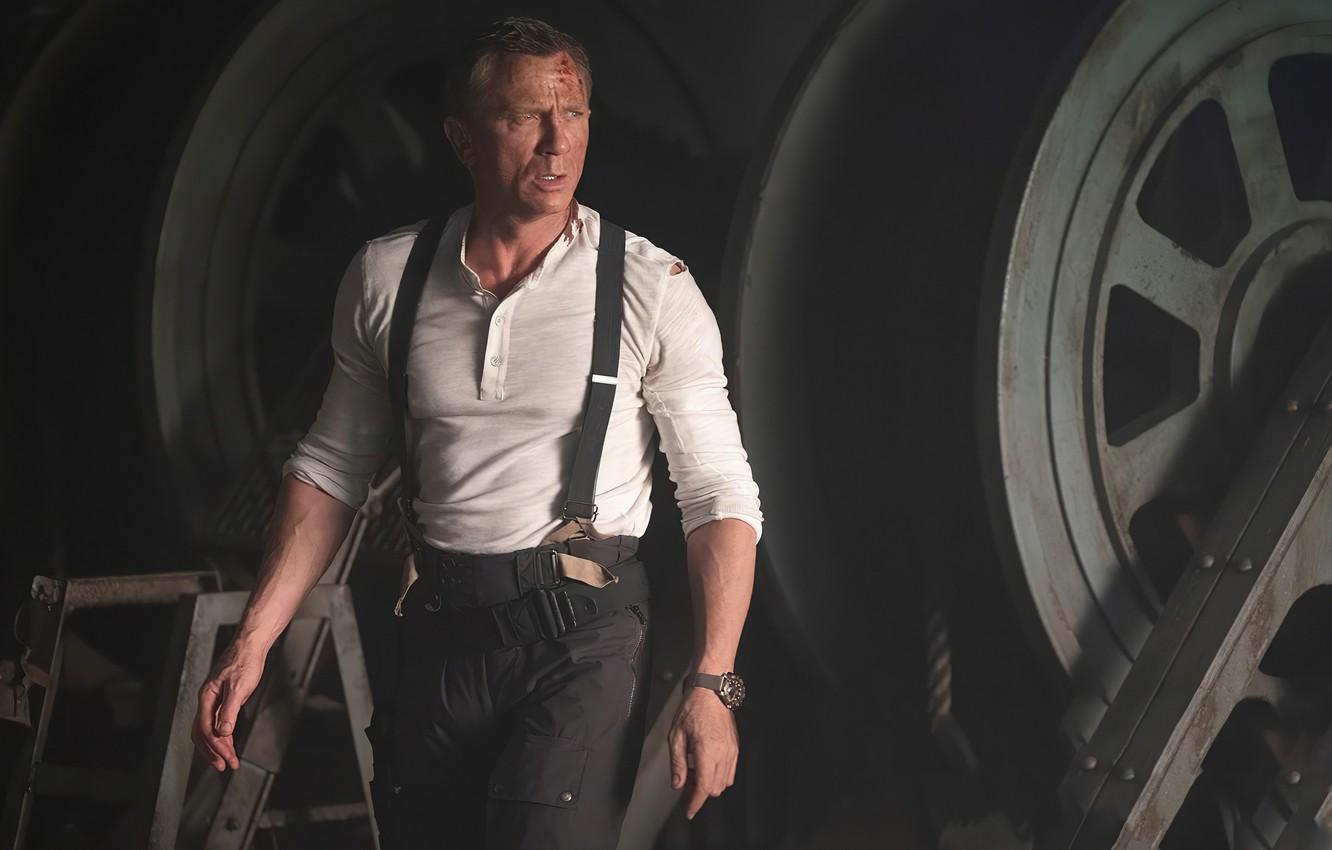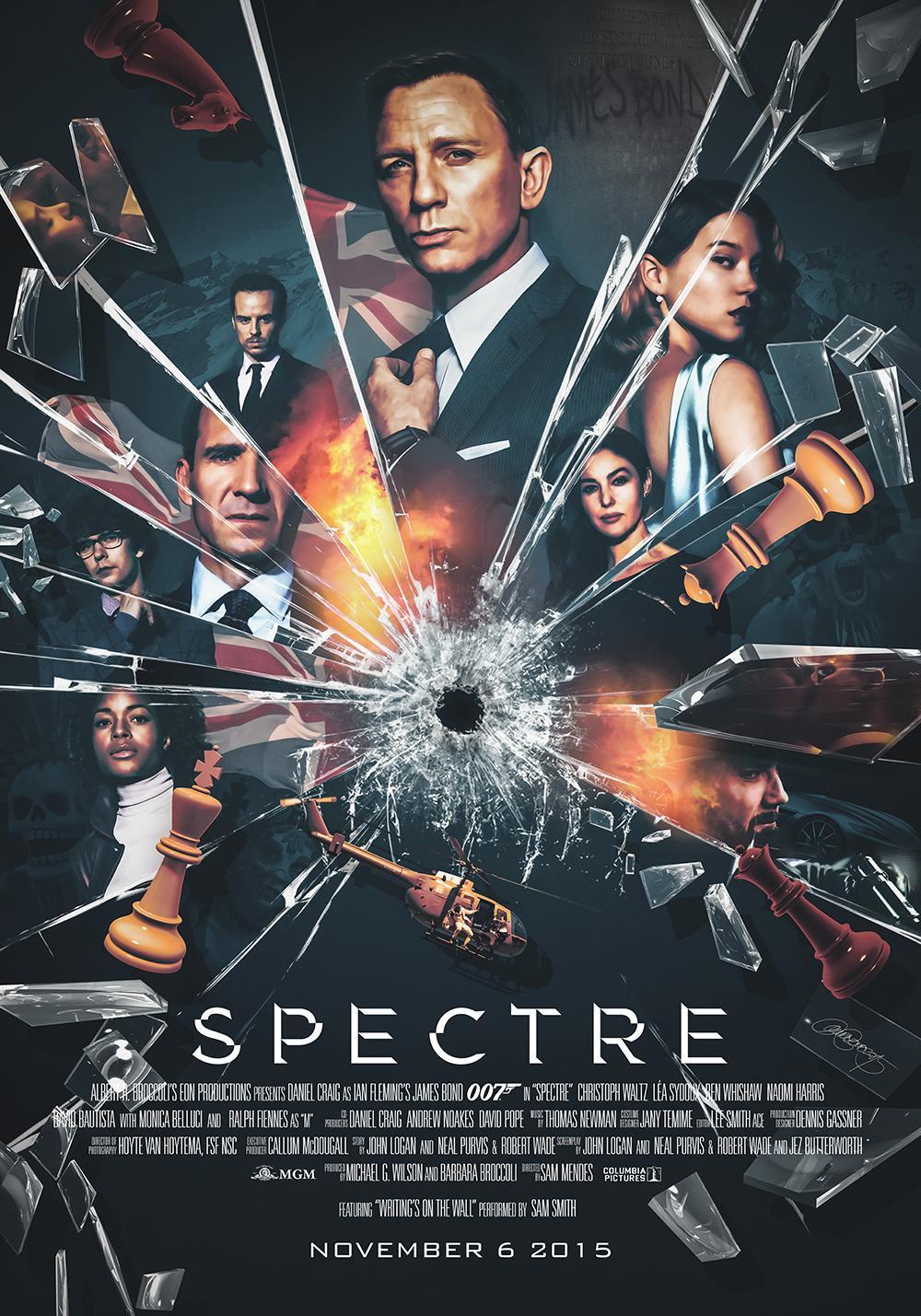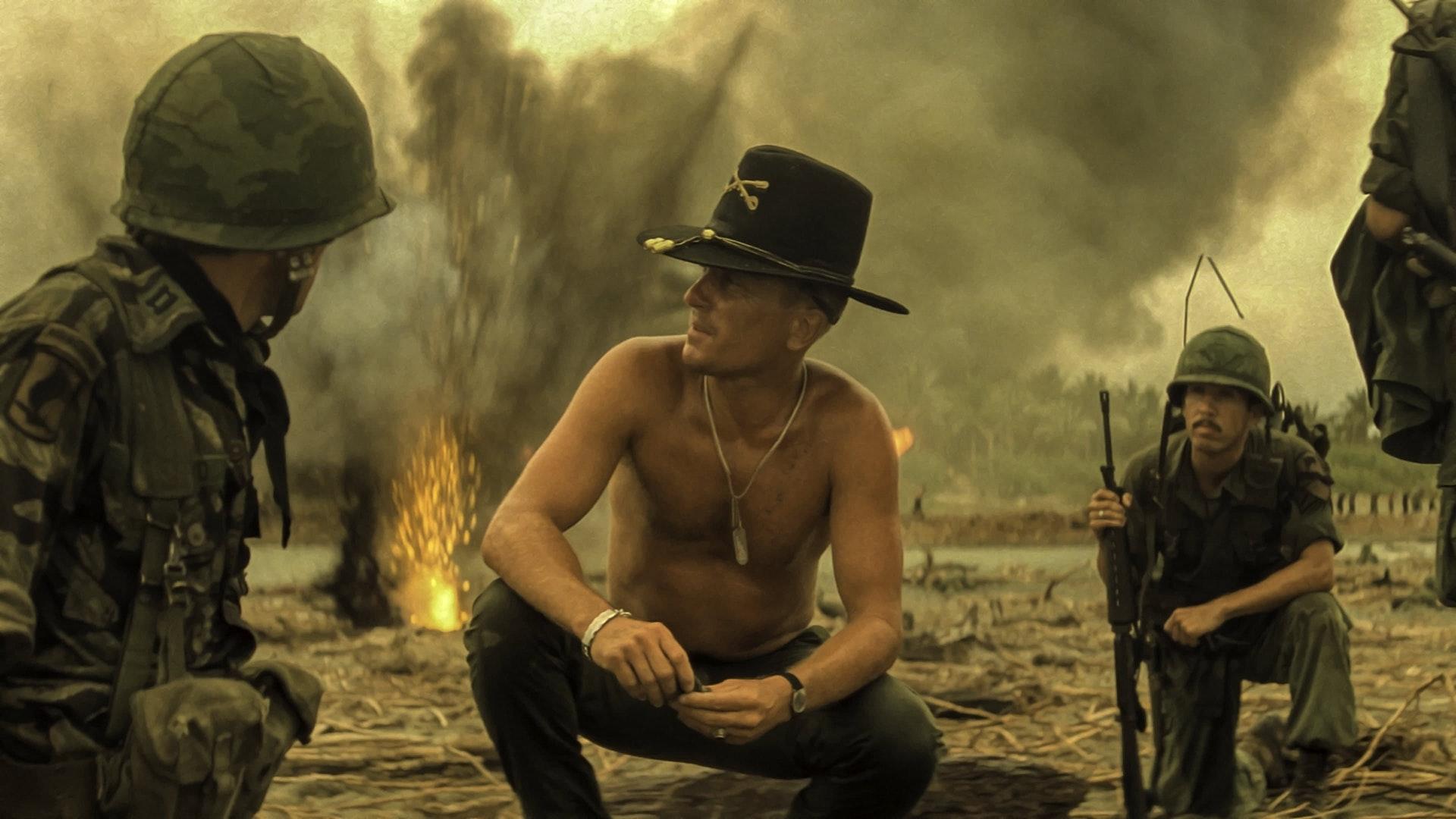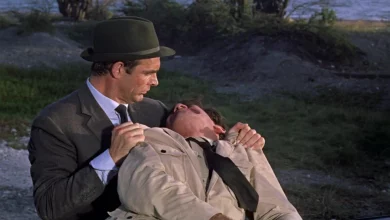Exploring Insurance in James Bond Movies Production

Insurance plays a crucial role in the production of James Bond movies, ensuring the financial security of filmmakers. Actors like Daniel Craig, who portray the suave superspy, must be insured before stepping foot on set. The importance of insurance was demonstrated during the filming of Spectre, when Craig suffered a meniscus tear during a stunt, resulting in a significant delay and potential losses of up to half a million dollars per day.

Insurance coverage for films typically includes potential delays from injury or incapacitation of actors, damage to props, sets, costumes, and equipment breakages. Depending on the genre, insured budget, and other risk factors, premiums can range from 0.6% to 1% of a movie’s total budget. Insurance companies also assess the risks involved in stunts and require changes to the script to mitigate those risks. Allianz, a long-standing insurer in the film industry, has protected Hollywood blockbusters, independent films, documentaries, commercials, and television productions. The James Bond franchise has had a longstanding trust relationship with Allianz, making the company the insurer of choice for many film productions. With the growth of the Chinese film industry, awareness of the importance of insurance in filmmaking has increased. The global entertainment and media industry continues to grow, and insurance plays a vital role in mitigating risks and ensuring the smooth production of movies.

The Importance of Insuring James Bond Actors
While the character of James Bond himself would be deemed uninsurable given the extreme punishment he inflicts upon his body and the property damage he causes, the actors who portray him, such as Daniel Craig, must be insured before setting foot on set. Insuring James Bond actors is crucial in the film industry due to the potential risks and losses that can occur during filming. The daily shooting of blockbuster movies like the James Bond series can cost up to half a million dollars, making delays costly. Injuries to actors can result in significant delays and production losses, highlighting the need for insurance coverage. Stunts, explosions, and human error on set pose additional risks that need to be accounted for.

Insurance coverage for films is tailored to each production, with premiums ranging from 0.6 to 1 percent of the total budget. Additionally, insurance providers assess factors such as the cast, shooting locations, stunts, and the actors’ medical history. The insurance policy will cover a range of losses, including accidents, illness, and death. The policy will also cover the additional costs incurred due to delays or production shutdowns.
The long-standing relationship between the James Bond franchise and insurance provider Allianz has helped them become a trusted insurer in the film industry. Allianz has provided coverage for several James Bond films, including “Die Another Day,” “Casino Royale,” and “Skyfall.” The company has gained extensive experience and expertise in the film industry, which enables them to offer comprehensive coverage for both large and small productions.
The Spectre Incident – Highlighting the Need for Insurance
One notable incident that highlights the importance of insurance in Bond movies happened during the filming of Spectre in 2015. During a stunt scene, actor Daniel Craig suffered a meniscus tear, which resulted in a significant delay in filming. With daily shooting costs reaching up to half a million dollars for a blockbuster, insurance plays a crucial role in mitigating the financial losses caused by such incidents. Insurance coverage for films typically includes protection against potential delays due to injuries of actors, damage to props and equipment, and even damage to film material.
Premiums for coverage can range from 0.6 to 1 percent of the movie’s total budget, which could amount to millions of dollars for a big-budget film. Insurance companies analyze various factors such as the script, shooting locations, and the cast involved to assess the risks and tailor coverage accordingly. Despite the risks involved, insurance enables the production of spectacular movies like the Bond franchise, which has a long history of collaboration with insurers like Allianz.
Product placement is also a common practice in Bond films, with various brands becoming official partners. This not only generates additional revenue for the films but also provides marketing opportunities for the brands involved. Overall, insurance and product placement have become integral to the film industry, ensuring the smooth production and financial stability of blockbuster films like Spectre.

The Factors Considered in Insuring Bond Films
Insuring a James Bond film involves analyzing various factors to assess the potential risks and liabilities that could arise during production. The AGCS underwriters consider the script, shooting schedule, budget, cast, stunts, shooting locations, and the medical history of the actors to determine the coverage needed.
To mitigate risks, insurers may require changes to the script, such as adding stunt doubles or rewriting scenes. The potential for delays in filming, injury or incapacitation of actors, damage to props, sets, costumes, and equipment breakages are also considered when setting the coverage and premiums for a movie.
Premiums for insuring a movie can range from 0.6% to 1% of the total budget. This could amount to between $1 million and $2 million for a $200 million film. Despite the significant cost, insurance coverage is necessary to protect the film’s assets and ensure smooth production.
The film industry’s growing reliance on product placement and brand partnerships helps generate additional revenue for films, offsetting the decline in the home entertainment market. Though some product placements in Bond films may seem embarrassing, they are crucial in financing and supporting the production of spectacular movies.
James Bond’s Auto Insurance Unveiled
With the highly anticipated James Bond movie gracing the silver screen this month, we’ve finally unraveled the enigma that’s been on everyone’s mind: What’s the premium for our beloved super-spy’s car insurance?
Considering his penchant for adrenaline-fueled high-speed pursuits (and occasional mishaps), it’s hardly a shocker that Agent 007 is confronted with a jaw-dropping insurance cost of £80,575.72. That’s a staggering 187 times more than the average driver in the UK.

The exorbitant premium can be attributed to the astronomical value of his vehicle (the cherished Aston Martin), the nature of his profession (a suave secret agent), his residential postcode, and a rather eventful history of incidents (we’ve meticulously documented quite a few ‘collisions’).
The Cost of Insurance for Bond Movies
The cost of insurance premiums for Bond movies varies depending on factors such as genre, insured budget, deductibles, and other risk factors. Insurers analyze various factors such as the script, shooting schedules, budgets, cast, stunts, shooting locations, and the medical history of actors to assess the risks involved and determine the premiums. Typically, insurance for Bond movies ranges from 0.6 percent to 1 percent of the film’s total budget, which could amount to millions of dollars for a blockbuster film with a budget of $200 million or more.
Given the high costs associated with film production, insurance coverage is essential to mitigate potential financial losses. During the filming of Spectre, the 24th Bond film, the actor Daniel Craig suffered an injury that resulted in a significant delay. With daily shooting costs reaching up to half a million dollars, insurance coverage becomes crucial to cover potential losses and damages incurred during the production of a blockbuster film like the James Bond series. Additionally, insurers may require changes to the script or the inclusion of safety measures, such as stunt doubles, to minimize risks for actors.
Allianz Global Corporate & Specialty (AGCS) is one insurance provider that has a long history of protecting Hollywood blockbusters, including the James Bond franchise. AGCS collaborates with studios to analyze risks, negotiate coverage, and ensure the smooth production of films. The company has insured iconic films like “The Godfather,” “Apocalypse Now,” “The Dark Knight Rises,” and others.

Product placement and brand partnerships are also critical to the funding of Bond films. While some viewers may find these placements overt or awkward, the reality is that product placement has become necessary to generate additional revenue for movie productions. Brand partnerships not only provide financial support but also enable cross-promotion between the film and the brands, increasing awareness and marketing potential. This mutually beneficial collaboration goes beyond mere advertising and plays a crucial role in the financial success of Bond films.
Challenging Elements for Insurance Coverage
Furtschegger mentions that certain elements pose greater risks and are more challenging to cover, especially in the production of Bond movies. One of the biggest challenges is insuring actors who perform their own stunts. While these scenes add to the excitement and thrill of the film, they also increase the risk of injury. Insurance companies work closely with film productions to ensure that proper safety measures are put in place to minimize this risk.

Another challenge in insuring Bond movies is covering the cost of damage to the expensive sets, props, and equipment. These items are often custom-made and can be costly to repair or replace. Insurance companies evaluate the value of these items and the likelihood of damage when assessing coverage.
Furthermore, filming locations can also pose a challenge for insurance coverage. Shooting in remote or exotic locations can increase the risk of injury or damage to equipment, and insurance companies may require additional coverage or safety measures to be in place.
Despite these challenges, insurance coverage remains essential in the production of Bond movies. With proper risk assessments and safety measures, insurance companies can help protect the production from unexpected delays or financial losses.








